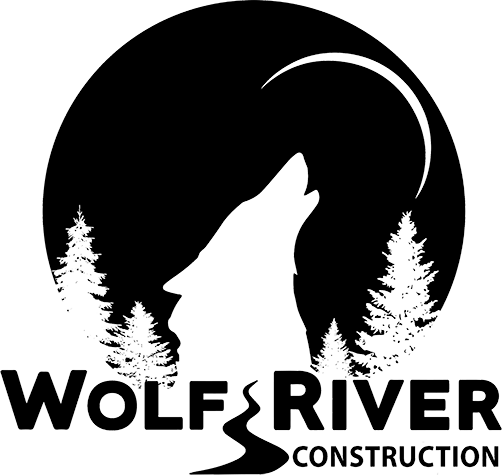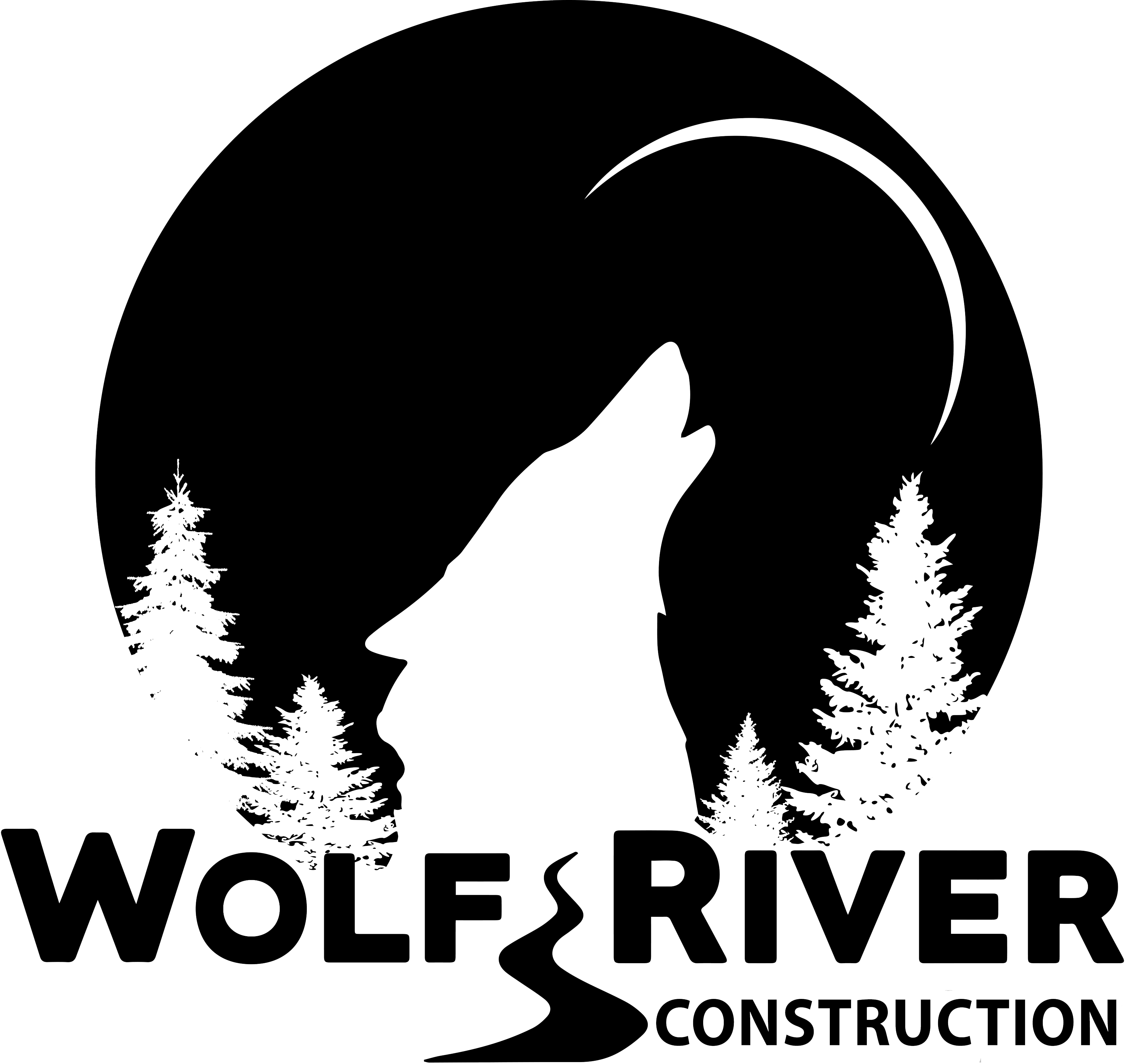How Long Does Siding Last?
Comparing many home exteriors, siding is the unsung hero that stands resilient against the elements, silently enduring the test of time. As an expert in roofing solutions, Wolf River Construction brings forth essential insights into the longevity of siding. How long does siding last?
This knowledge is vital for homeowners seeking lasting value and protection. In this article, we delve into the lifespan of siding, decoding its endurance and factors that influence its longevity.
Join us on this informative journey to learn how to ensure your siding remains steadfast for years.
Types of Siding and Their Lifespan
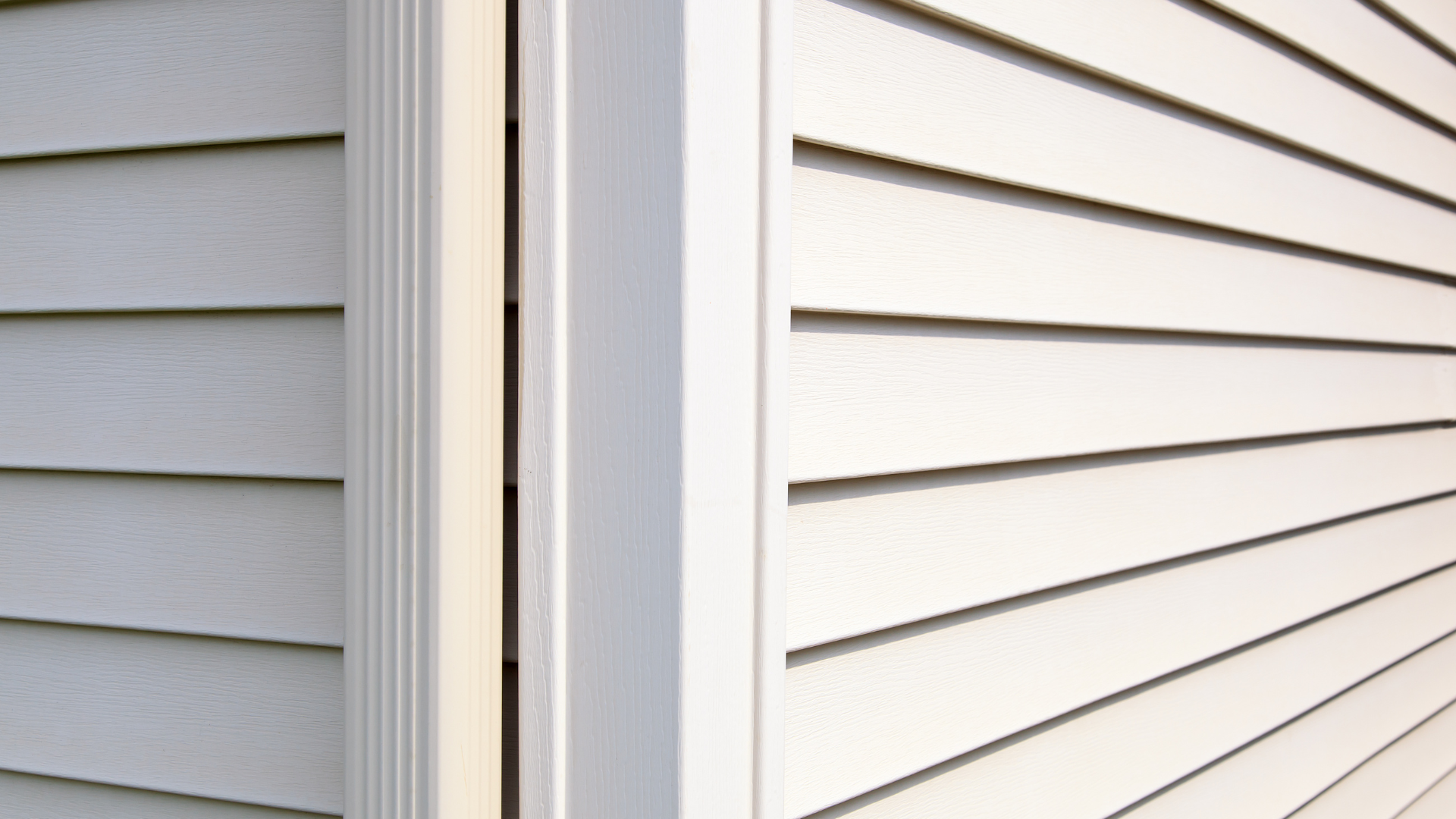
There are numerous siding options available to homeowners, each with advantages and considerations. These include:
Vinyl siding: 20-40 years
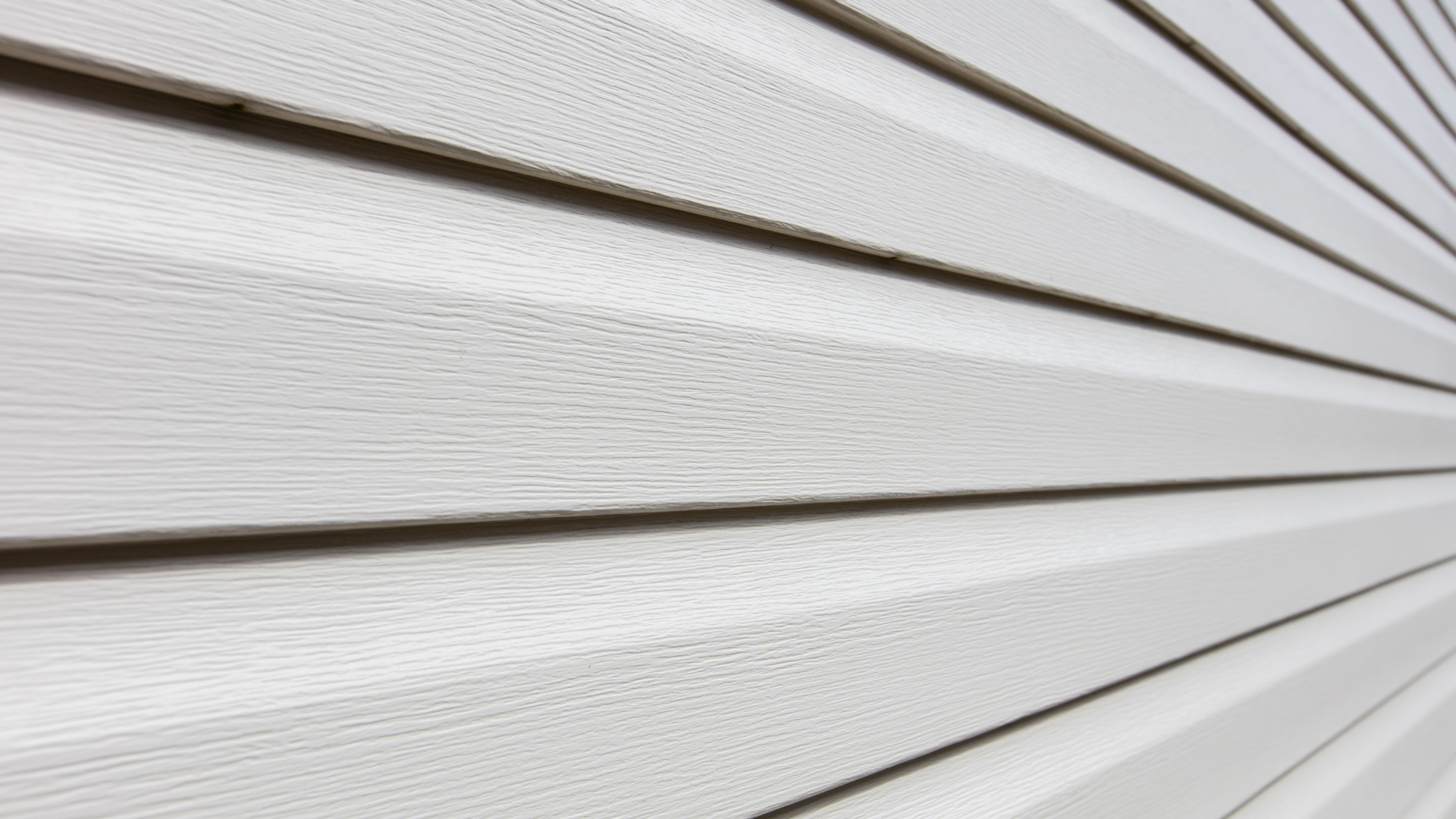
Vinyl siding, a popular choice due to its affordability and versatility, boasts a lifespan of approximately 20 to 40 years. Its longevity is attributed to its moisture, rot, and insect resistance.
However, vinyl siding lifespan is affected by exposure to extreme weather conditions and the quality of installation. It can reach its upper life expectancy with proper maintenance, including regular cleaning and inspections for signs of wear.
You’ll only need a new vinyl siding installation after several decades, making it a cost-effective and enduring option for homeowners.
Wood siding: 20-40 years
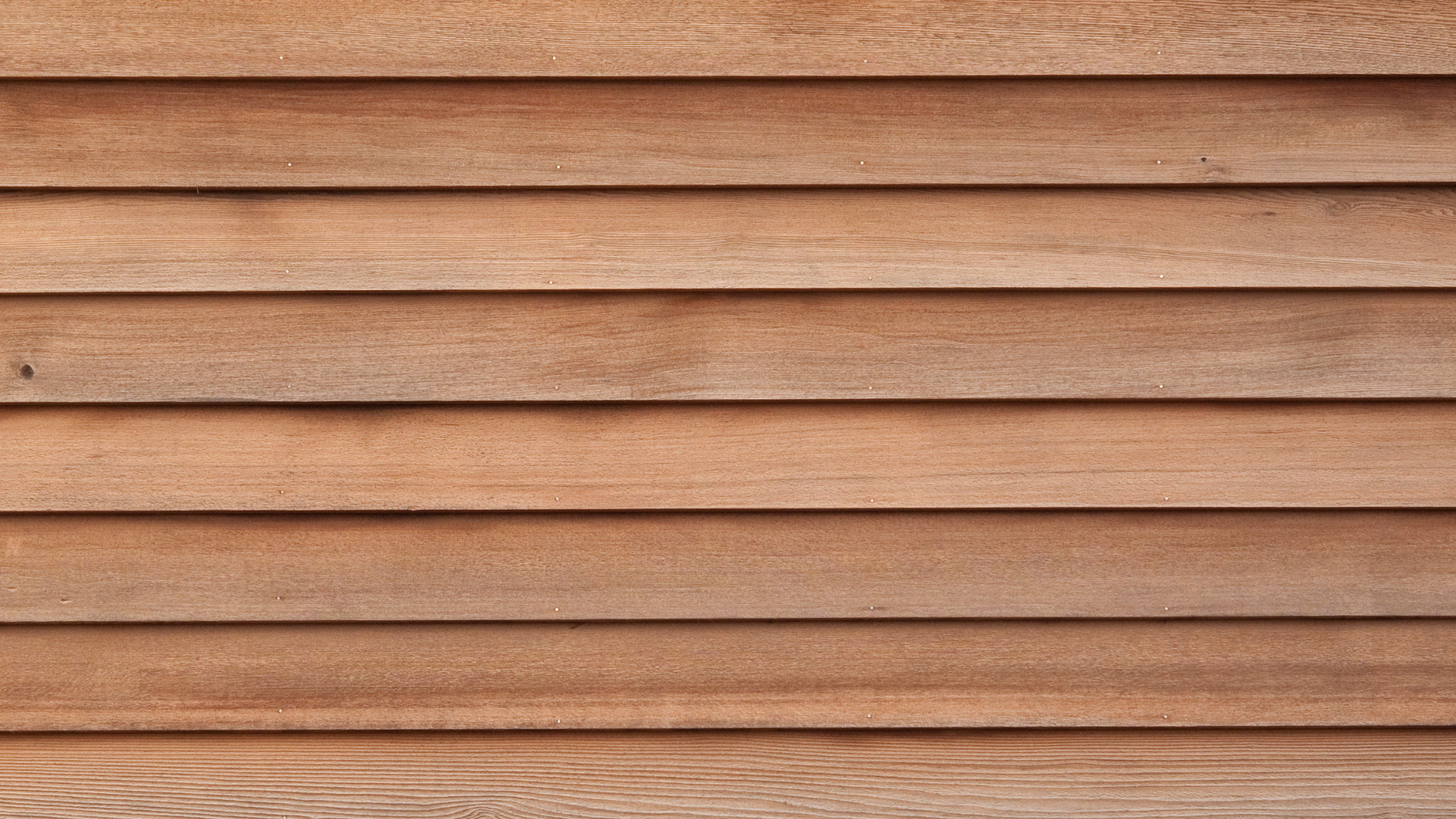
Wood siding, celebrated for its classic charm and organic allure, encompasses several popular varieties, including cedar, pine, and redwood. Among these, cedar siding stands as the most common choice due to its exceptional qualities.
Cedar possesses natural oils and resins that act as natural preservatives, enhancing its durability and resistance to decay, insects, and moisture. This innate durability significantly contributes to the longevity of cedar siding, extending its lifespan within the 20 to 40-year range.
Also, cedar’s beautiful grain patterns and versatility in finishes make it a highly desirable option for homeowners seeking both aesthetic appeal and longevity in their siding.
Aluminium siding: 20-40 years
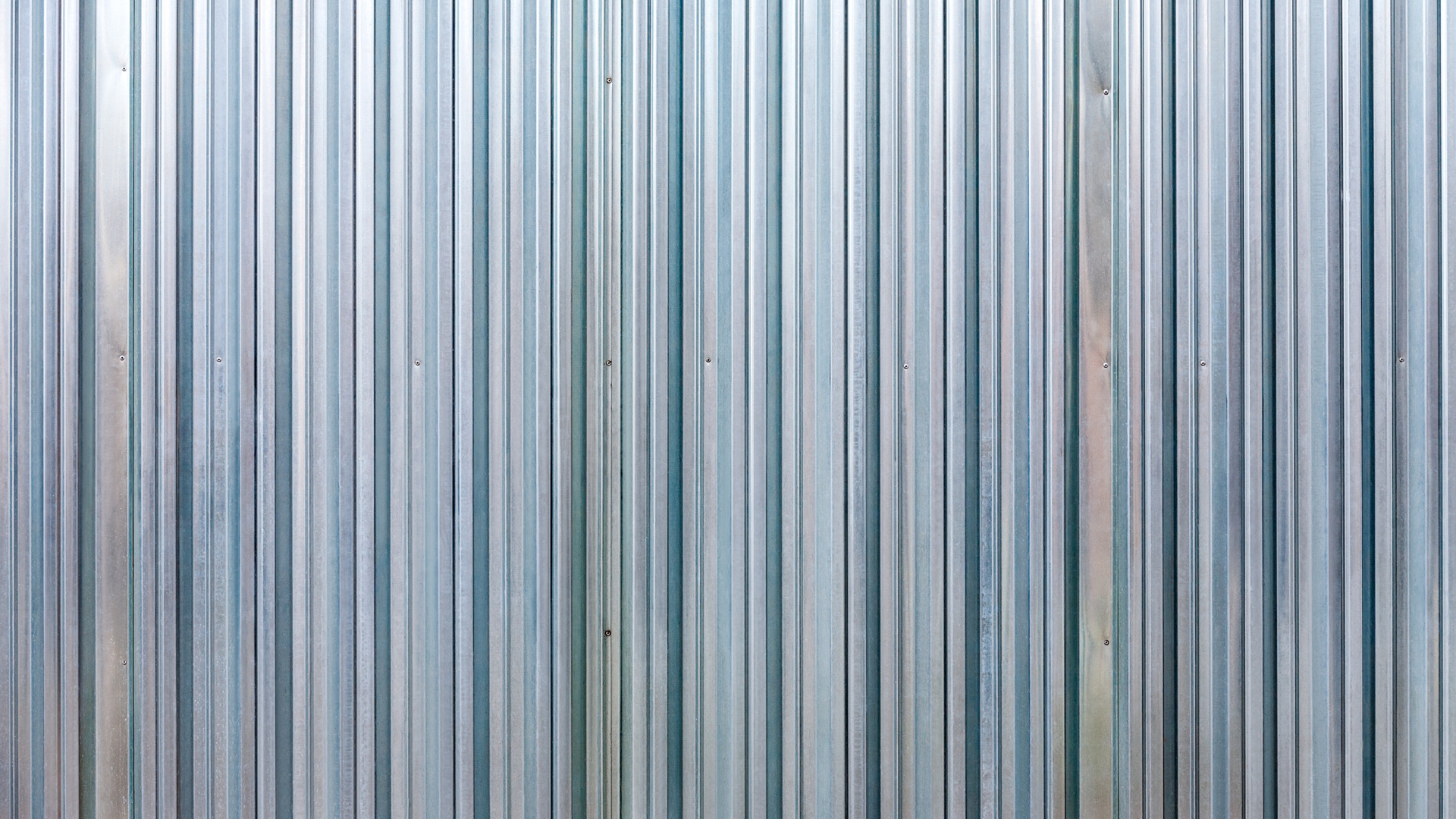
Aluminum siding offers a similar lifespan of approximately 20 to 40 years, making it a durable and cost-effective option. This metal siding offers resistance to rust, and low maintenance requirements contribute to its longevity. However, due to exposure to the elements, the lifespan may be affected by dents, scratches, or fading.
Fiber cement siding: 50+ years
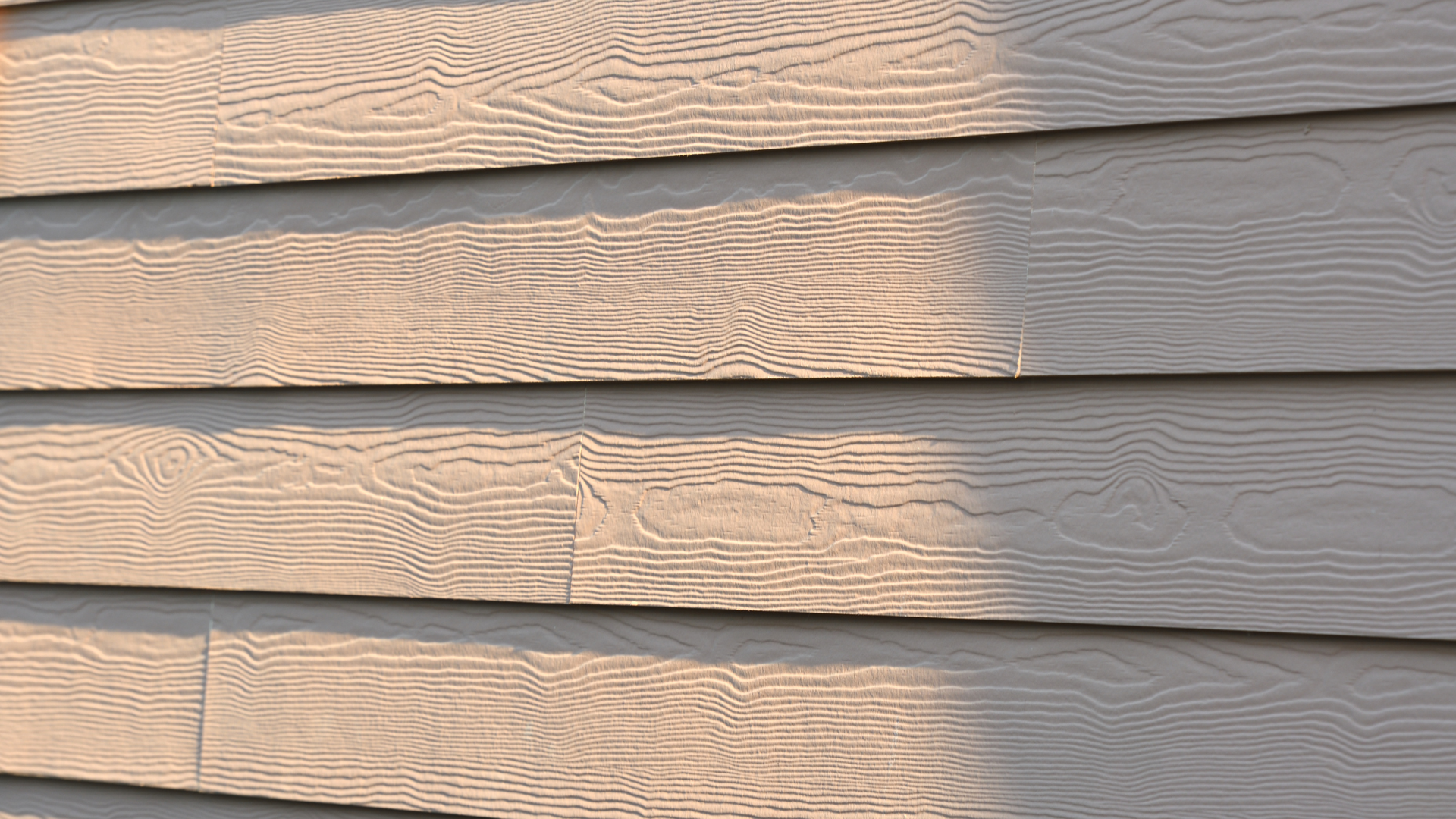
Fiber cement siding stands out for its exceptional durability, boasting a lifespan of 50 years or more. Composed of cement, sand, and cellulose fibers, it is highly resistant to rot, insects, and fire.
Its longevity is further enhanced by minimal maintenance needs and its ability to withstand various climates and weather conditions. Properly installed and maintained fiber cement siding can easily surpass its 50-year life expectancy.
Steel Siding: 70 + years
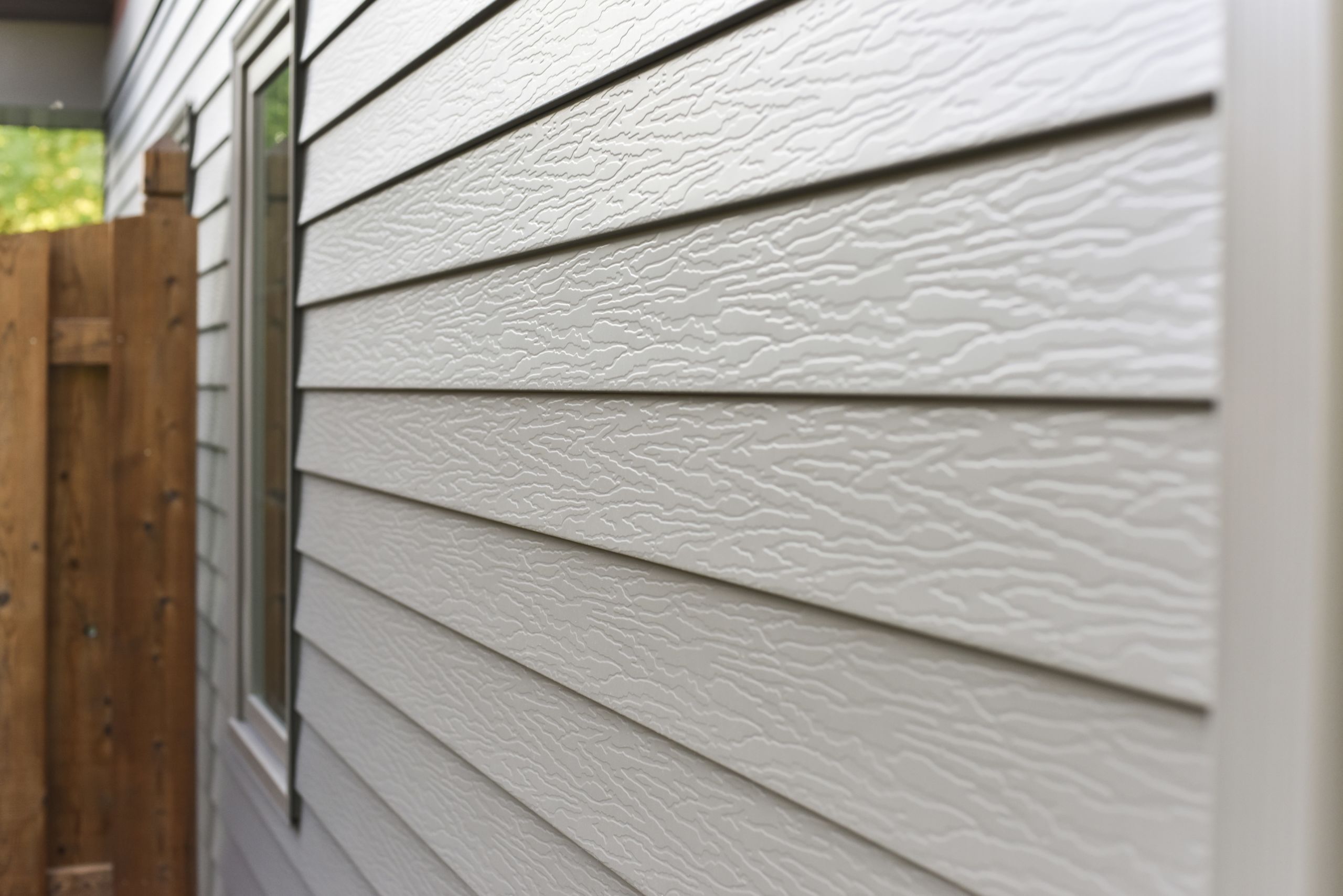
Steel siding is renowned for its remarkable longevity, with an impressive lifespan of 70 years or more. Its robust composition provides excellent resistance against severe weather, fire, insects, and rot.
Steel siding requires minimal maintenance and can retain its structural integrity and aesthetic appeal for several decades. This long-lasting siding option offers enduring protection for homes, making it a durable investment for homeowners seeking extended lifespan and durability.
Factors Affecting How Long Siding Lasts
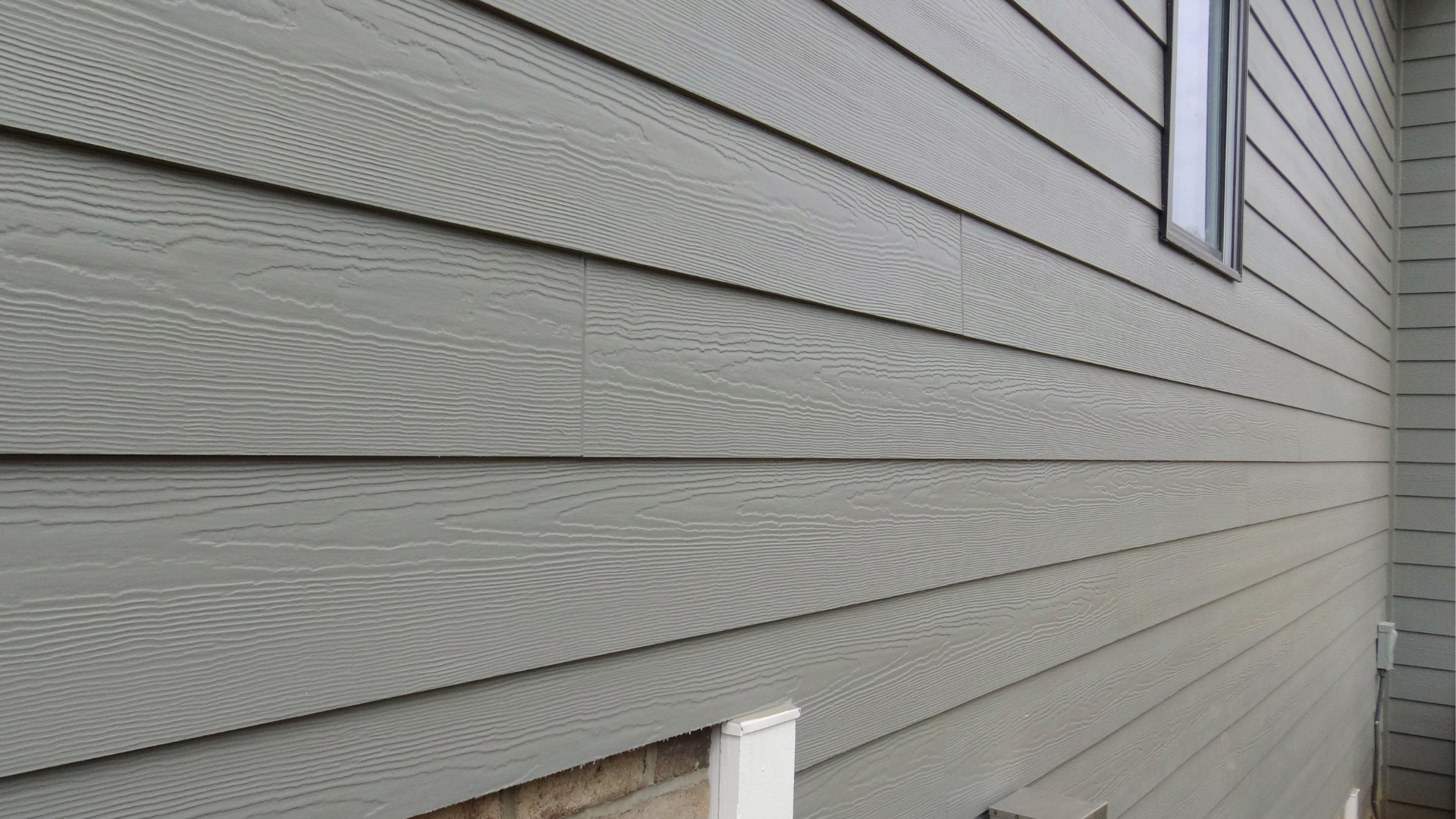
Type of siding
Different materials, such as vinyl, wood, fiber cement, and metal, have varying degrees of durability and resistance to weathering. For instance, vinyl siding is known for its longevity and resistance to moisture, while wood siding requires more maintenance to prevent decay and insect infestations.
Assessing each siding material’s specific properties and durability is crucial in understanding its potential lifespan.
Quality of Installation
A well-executed installation ensures that the siding is securely attached, free of gaps or misalignments, and adequately sealed against the elements. Poorly installed siding may be more prone to damage, warping, or water infiltration, significantly reducing its lifespan.
Maintenance level
Routine cleaning, inspections, and addressing any issues promptly can extend the lifespan of siding. Neglecting maintenance can lead to the accumulation of debris, mold, or damage going unnoticed, accelerating the degradation process. Put simply, a proactive approach to maintenance ensures the siding remains in optimal condition over the years.
Environmental effects
Exposure to harsh weather elements such as extreme heat, freezing temperatures, heavy rainfall, or constant UV exposure can deteriorate siding faster. Additionally, the presence of pollutants, salt from coastal areas, or high humidity levels can also impact the longevity of siding. Therefore, understand the specific environmental challenges in your location to select the most resilient and durable siding material.
Signs Your Sidings Need Replacement
Water damage
If you observe swelling, warping, or rotting in your siding, water has seeped into the material, compromising its structural integrity. This is a critical issue, as prolonged water exposure can lead to even more severe problems like mold growth and further deterioration of the siding material.
Wrapping
Warping in siding is a telltale sign that the material has been adversely affected, often due to extreme weather conditions or long-term exposure to moisture. Warped siding impacts the aesthetics of your home. It can also disrupt its functionality, making it essential to consider a replacement.
Damaged or broken siding
Obvious physical damage, such as cracks, holes, or broken pieces of siding, should not be ignored. Damaged siding compromises the visual appeal of your home and also exposes the underlying structure to potential harm
Fading
Siding that has significantly faded in color and luster indicates that it has endured prolonged exposure to harsh sunlight and weather elements. Fading diminishes your home’s outlook and suggests that the siding’s protective layers have deteriorated, leaving it vulnerable to further damage.
Increased utility costs
Unexpected spikes in your utility bills can be linked to inefficient or deteriorating siding. If your siding is no longer providing adequate insulation or a barrier against external temperatures, your heating and cooling systems will have to work harder to maintain a comfortable indoor environment, resulting in higher energy consumption
Tips to Increase The Lifespan of Your Sidings
Regular cleaning: Implement a routine cleaning schedule to remove dirt, mold, and debris, preserving your siding’s appearance and structural integrity.
Fix any damages: Address any damages promptly, including cracks, dents, or loose panels, to prevent further deterioration and maintain your siding’s strength and functionality.
Inspect regularly: Conduct thorough inspections at regular intervals to catch early signs of wear, ensuring timely repairs and avoiding potential extensive damage or replacement.
Apply a fresh coat of paint: Protect your siding by periodically repainting it, adding a layer of defence against the elements and enhancing its visual appeal.
Trim vegetation nearby: Keep foliage and trees trimmed away from your siding to prevent moisture accumulation and potential damage caused by branches or leaves rubbing against the surface.
Ensure proper drainage: Maintain a functioning gutter system to direct water away from the siding, minimizing water exposure and prolonging its life expectancy.
Seal joints and gaps: Regularly inspect and seal any joints or gaps in your siding to prevent water infiltration, preserving its structural integrity and preventing potential rot or damage.
Protect from direct sun exposure: Install shading or protective measures to limit prolonged sun exposure on your siding, which can cause fading and premature deterioration over time.
Avoid high-pressure washing: Refrain from using high-pressure washers, as they can damage the siding’s surface and protective coatings, reducing its longevity and effectiveness.
Contact Us If your Siding is Showing Any Signs of Age
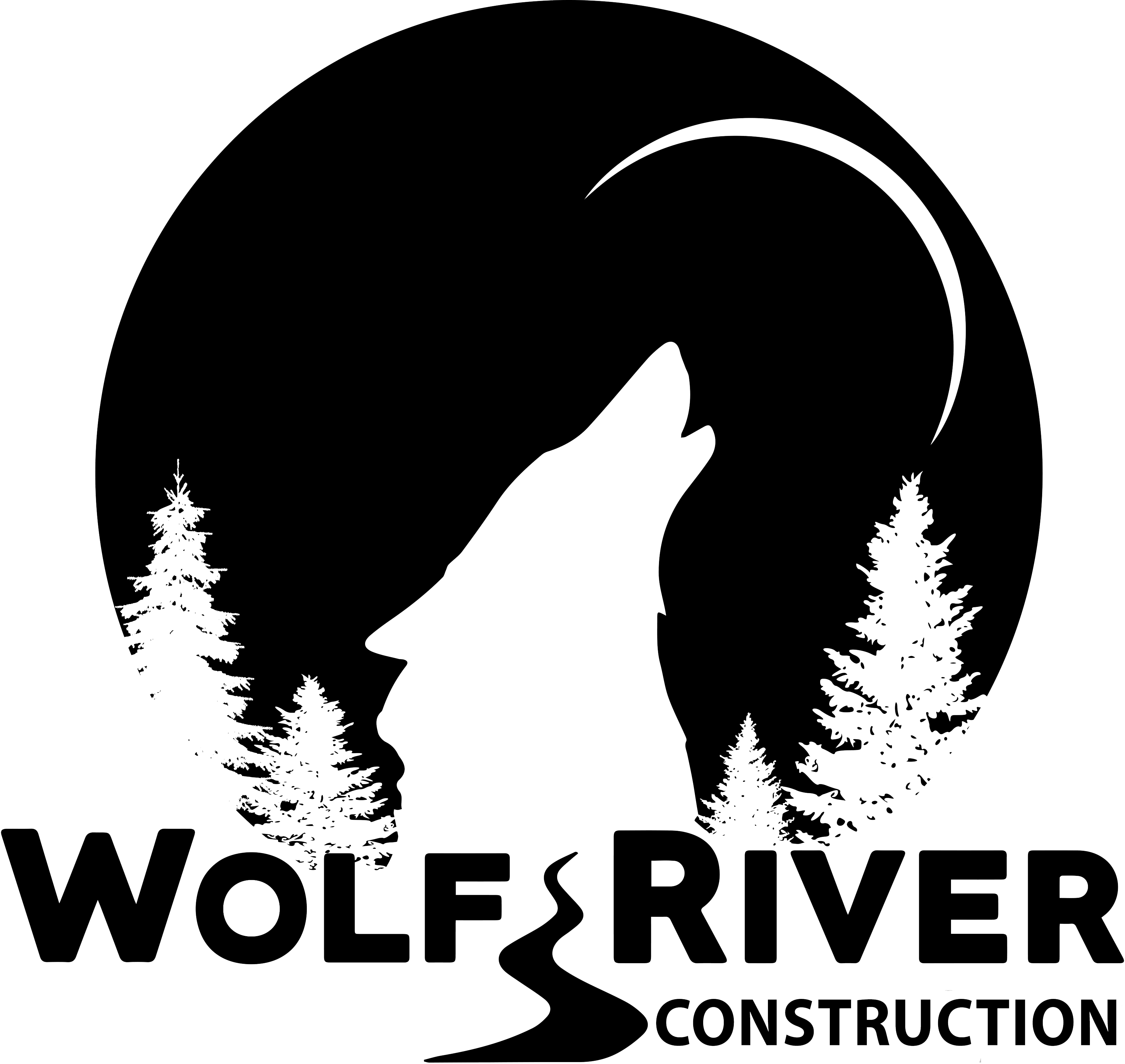
Proactive care and timely maintenance significantly extend siding longevity. As the seasons change and years pass, your siding endures, and maybe forced to plan on a siding replacement project.
At Wolf River Construction, we emphasize the importance of regular inspections and upkeep to ensure your siding remains robust and beautiful. If your siding shows any signs of age—warping, fading, or losing its structural integrity—do not hesitate to contact us.
Our expertise and dedication to quality craftsmanship are at your service. Contact us to safeguard your home’s exterior with professional installation and its enduring charm.
FAQs
Vinyl siding lifespan is estimated to be 20 to 40 years under proper maintenance and care. Its durability is influenced by factors such as installation quality, weather exposure, and maintenance routines adherence. Regular cleaning and inspections can extend your vinyl siding’s lifespan, ensuring a lasting and attractive exterior for your home. Otherwise, after this period, be prepared to replace vinyl siding.
Yes, you can restore siding through cleaning, repairs, and, in some cases, repainting. Power washing and mild detergents can refresh its appearance. For extensive damage, professional repair services can fix issues like cracks or warping. Restoration can breathe new life into your siding, delaying the need for a complete replacement.
Consider replacement if your siding displays severe damage, such as extensive rot, significant warping, or constant maintenance issues. Aging siding with visible wear and tear may compromise your home’s aesthetics and structural integrity. Consult a professional to assess whether repair or replacement is the best solution.
Homeowners’ insurance may cover vinyl siding damage from covered perils like storms, fire, or vandalism. However, the extent of coverage varies based on your policy. Review your policy and consult your insurance provider to understand the specifics and ensure you have adequate coverage for your siding.
Fiber cement siding is known for its exceptional durability and longevity. Composed of cement, sand, and cellulose fibers, it resists rot, pests, and harsh weather. With proper maintenance, fiber cement siding can last 25-50 years or more, making it one of the longest-lasting siding options available.

